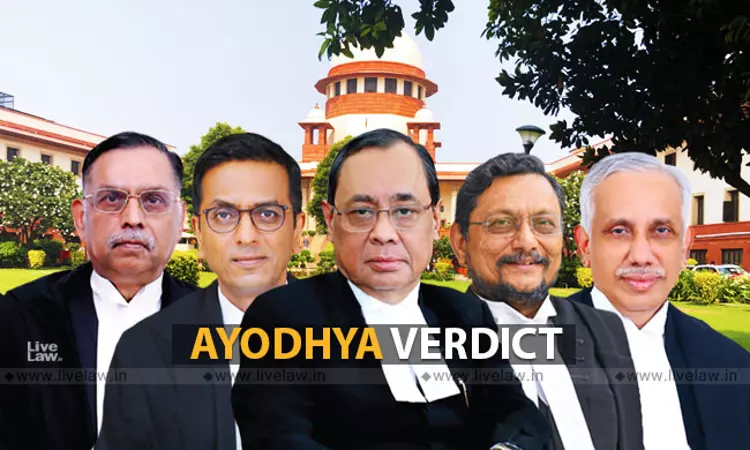All You Want To Know About Ayodhya Verdict - Issues, Arguments & Findings
Pankhuri Agrawal
15 Nov 2019 1:04 PM IST

Next Story
15 Nov 2019 1:04 PM IST
The Court was tasked with the resolution of a dispute whose origins are as old as the idea of India itself. The events associated with the dispute have spanned the Mughal empire, colonial rule and the present constitutional regime. The dispute in these appeals arises out of four regular suits which were instituted between 1950 and 1989. Before the Allahabad High Court, voluminous evidence,...
